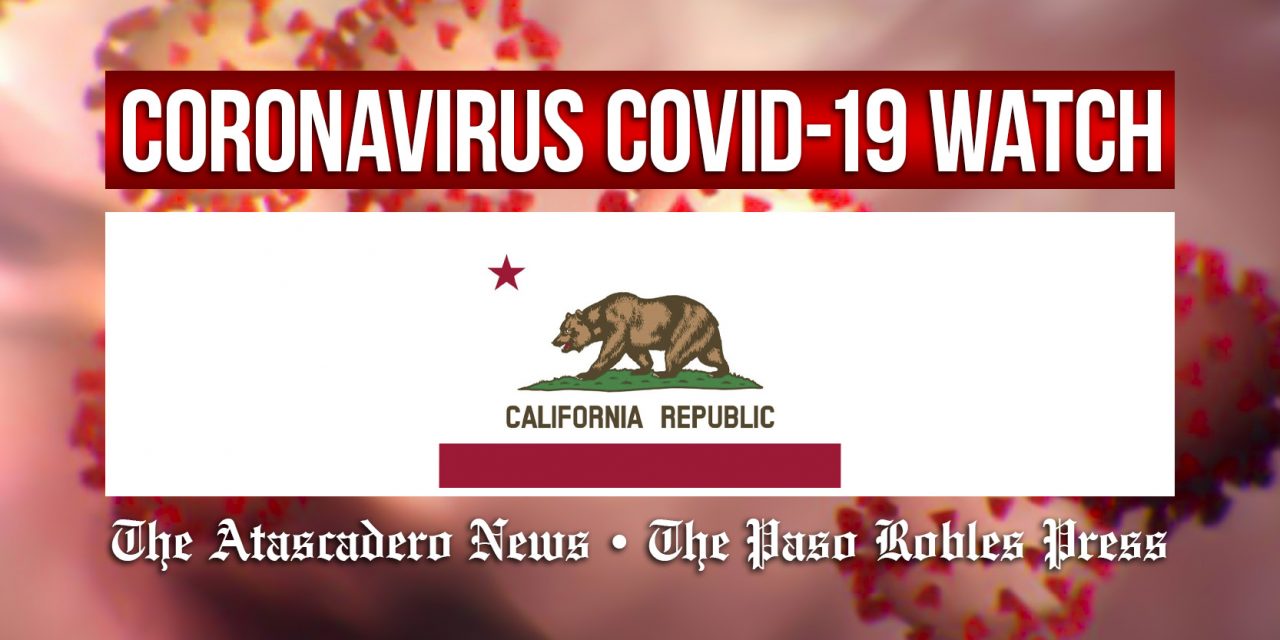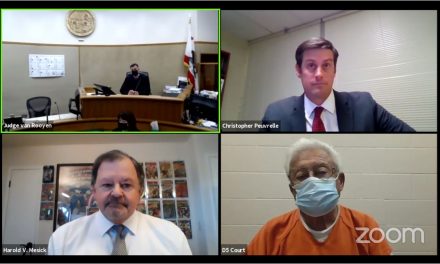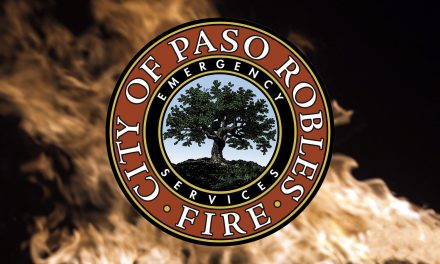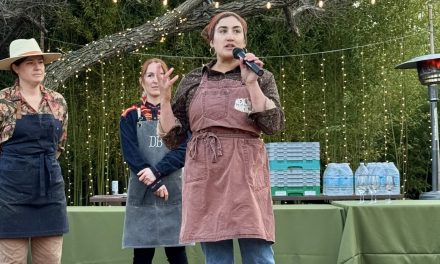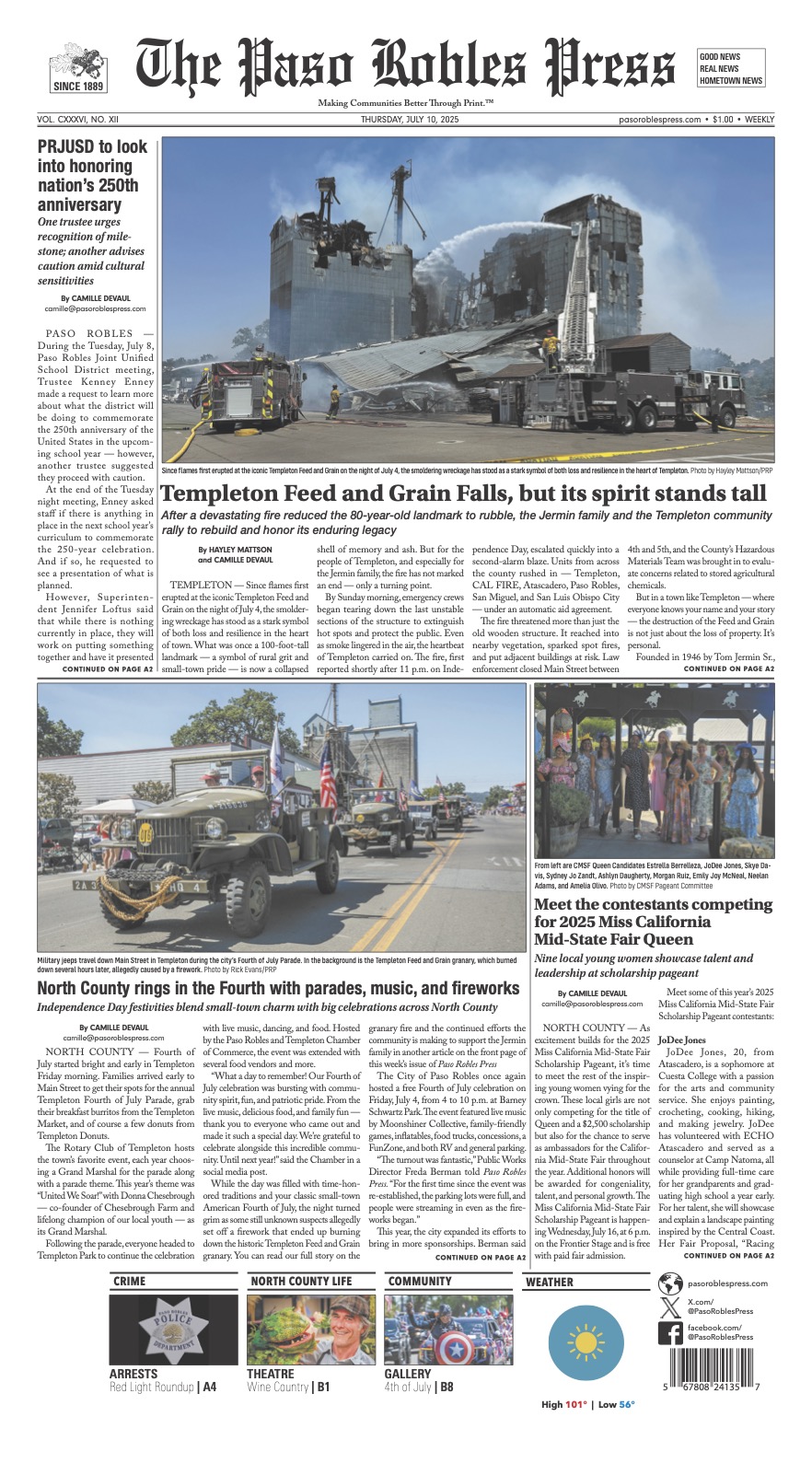Non-essential businesses and personal gatherings are prohibited between 10 p.m. and 5 a.m. beginning Nov. 21
SACRAMENTO — In light of an unprecedented, rapid rise in COVID-19 cases across Gov. Gavin Newsom and the California Department of Public Health (CDPH) announced Thursday, Nov. 19, a limited stay-at-home order generally requiring that non-essential work, movement and gatherings stop between 10 p.m. and 5 a.m. in counties in the Purple Tier.
San Luis Obispo County is in the Purple Tier.
The order will take effect at 10 p.m. Saturday, Nov. 21, and remain in effect until 5 a.m. Dec. 21. This is the same as the March stay-at-home order but applied only between 10 p.m. and 5 a.m. and only in Purple Tier counties seeing the highest rates of positive cases and hospitalizations.
“The virus is spreading at a pace we haven’t seen since the start of this pandemic and the next several days and weeks will be critical to stop the surge. We are sounding the alarm,” said Gov. Newsom. “It is crucial that we act to decrease transmission and slow hospitalizations before the death count surges. We’ve done it before and we must do it again.”
This limited stay-at-home order is designed to reduce opportunities for disease transmission. Activities conducted from 10 p.m. to 5 a.m. are often non-essential and more likely related to social activities and gatherings that have a higher likelihood of leading to reduced inhibition and reduced likelihood for adherence to safety measures like wearing a face covering and maintaining physical distance.
“We know from our stay at home order this spring, which flattened the curve in California, that reducing the movement and mixing of individuals dramatically decreases COVID-19 spread, hospitalizations, and deaths,” said California Health and Human Services Secretary Dr. Mark Ghaly. “We may need to take more stringent actions if we are unable to flatten the curve quickly. Taking these hard, temporary actions now could help prevent future shutdowns.”
“We are asking Californians to change their personal behaviors to stop the surge. We must be strong together and make tough decisions to stay socially connected but physically distanced during this critical time. Letting our guard down could put thousands of lives in danger and cripple our health care system,” said Dr. Erica Pan, the state’s acting Public Health Officer. “It is especially important that we band together to protect those most vulnerable around us as well as essential workers who are continuing their critical work amidst this next wave of widespread community transmission across the state. Together we prevented a public health crisis in the spring and together, we can do it again.”
COVID-19 case rates increased by approximately 50 percent in California during the first week of November. As a result, Gov. Newsom and California’s public health officials have announced a list of measures to protect Californians and the state’s health care system, which could experience an unprecedented surge if cases continue their steep climb.
On Monday, the state pulled an emergency brake in the Blueprint for a Safer Economy, putting more than 94 percent of California’s population in the most restrictive tier. The state will reassess data continuously and move more counties back into a more restrictive tier, if necessary.
California is also strengthening its face-covering guidance to require individuals to wear a mask whenever outside their home, with limited exceptions.
Late last week, the state issued a travel advisory, along with Oregon and Washington, urging people entering the state or returning home from travel outside the state to self-quarantine to slow the spread of the virus. The travel advisory advises against non-essential out-of-state travel, asks people to self-quarantine for 14 days after arriving from another state or country, and encourages residents to stay local.

